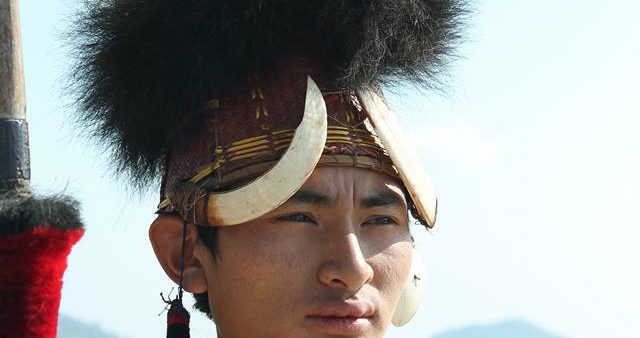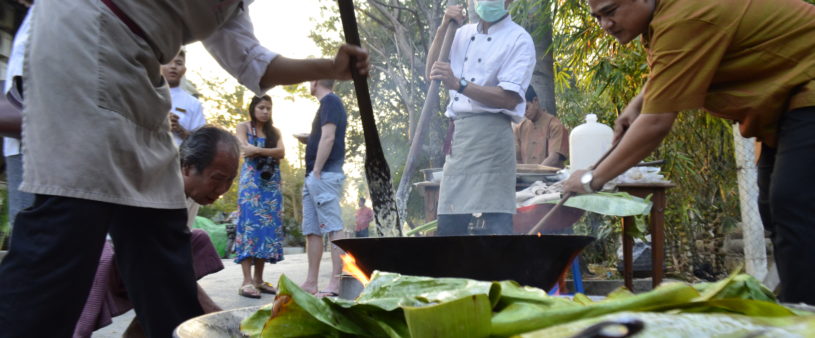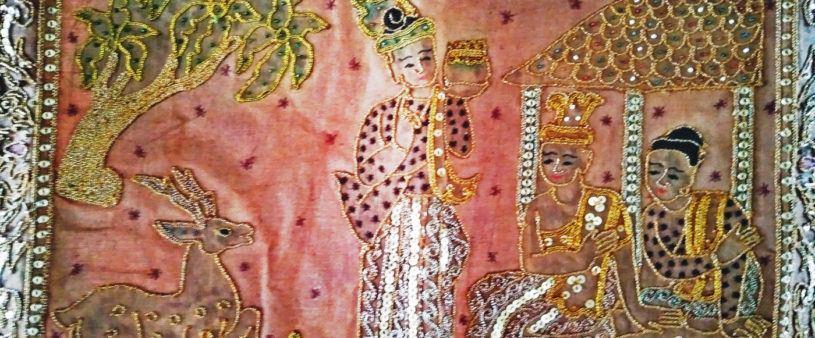Local and foreign travelers bound to the Naga Traditional New Year Festival 2019 held in Leshi of Naga Self-Administered Zone of Sagaing Region may pay visits to traditional houses of Naga ethnics, said chairman of Naga traditional cultural committee U Aung Htut. Visitors may observe life-styles of six Naga ethnics such as Tangkhul, Makury, Para, Koka, Laungphury and Khiamniungan residing in Leshi Township and will have the opportunities to interview those people of Naga ethnics directly. “The traditional houses of Naga ethnics were built with the aim of enabling the people to know their life-styles. After showing them as showrooms at the festival, the houses will be maintained by local tribes” said U Aung Htut. Naga ethnic people will live at the traditional houses after the festival as part of maintenance. The local and foreign guests to Leshi Township ma stay at these traditional houses together with Naga ethnics. Source: Yadanabon Newspaper
Tabodwe ,the eleventh month of the Myanmar claender, is the time for the festival of ‘Hta-ma-ne’ in honour of the traditional harvesting period. The eleventh month of Myanmar Lunar Calendar Tabodwe approximately corresponds with February. Although the tenth month Pyatho [January] is the peak of Myanmar cold season, Tabodwe can beat Pyatho in chilliness depending upon place, climate condition and time. There are old Myanmar sayings regarding the chill of Tabodwe. In Tabodwe, the tips of bullaloes’ horns shiver with cold. In Tabodwe, we have a running nose. “In Tabodwe, ripen plum fruits open up”. “Kon” or Kumbha [Aquarius] is the astrological name of Tabodwe with a zodiacal symbol of a water bearer. Pauk [Butea] and Lei or Let pan [Silk cotton tree] [Bombex Malabaricum] are the traditionally designated flowers of Tabodwe. Pauk flowers are orange coloured profused on bunches. Lei or Let pan trees are big and tall. The entire tree after shedding all old leaves, produces buds and blooms of scarlet colour from all branches. Against the blue sky on the golden sun lights these pauk and let pan flowers create fantastic natural paintings. Let pan flowers produce silken cotton wool they are also a good vegetable which […]
The art of tapestry or “Shwe Chi Hto” (gold embroidery) as we call it. is said to have originated in Myanmar about a thousand years ago. It is a form of needlework to create a variety of pictures and patterns so delicate and detailed that it requires skill. artistry and patience. It is a highly decorative embroidery that employs gold thread as its name indicates. but in fact silver and colored threads as well as other materials such as tinsel,sequins, semi-precious gems, colorful cut glass, seed pearls and beads go into the making. The earliest record of such embroidery is the Pyu Period during the reign of King Mahayaza. circa AD 800. The centre of this craft was and still is Mandalay,the long-standing hub of Myanmar culture and art. The ancient ceremonial royal raiment known as the “Maha Latta”,worn from time immemorial by kings and queens is a very heavy gold-embroidered and gem encrusted robe. The Maha Latta was worn by King Thibaw and Queen Suhpayalatt. the last reigning monarchs of Myanmar. Their robes were the creation of skilled seamstresses. goldsmiths and other artisans of Mandalay. These raiment are on display at the National Museum in Yangon. The embroidery of […]









